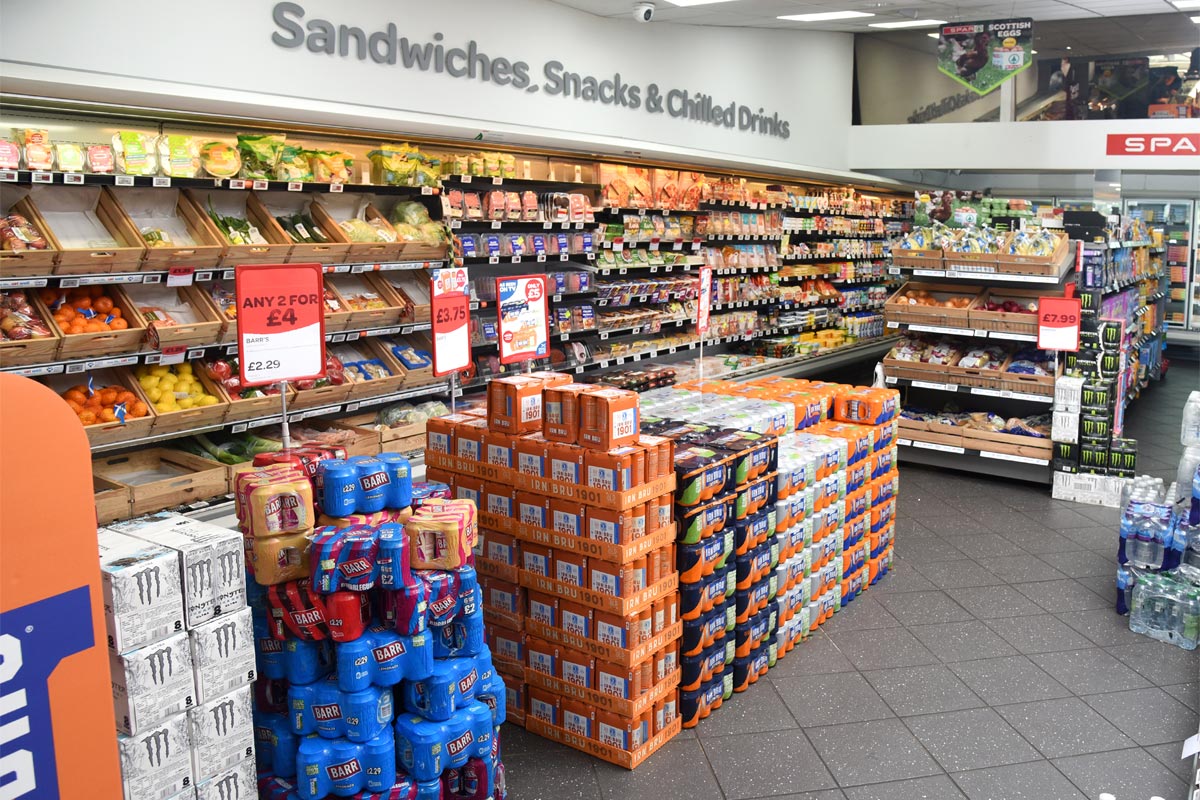Food and drink inflation continues to fall as prices rise

FOOD and drink inflation has dropped by a full percentage point, according to the latest inflationary data from the Office for National Statistics (ONS).
The ONS said that the 12-month rate of inflation for food and non-alcoholic beverages rose by 4% during the year to March, marking a fall of one percentage point from the figure in February.
Despite this, the overall CPIH remained at the same 3.4% from the report in February as household expenses rose and offset any overall drop.
However, the ONS did reveal that food prices saw an overall rise of 0.2% since February, which was a comparatively smaller rise compared to the same time period in 2023, which was at 1.1%.
There was some relief still to be found, though, as meat prices saw a dip in costs with an overall fall of 0.5% thanks to the main downward effect coming from pork products, according to the ONS.
Overall, the annual rate eased in eight of the 11 food and non-alcoholic beverages classes, the exceptions being vegetables, hot beverages, and soft drinks.
Even with this, there has still been an improvement in overall grocery sales, as NielsenIQ (NIQ) has revealed that the average basket spend increased during the four weeks to 23 March, sitting at £20.10.
This was a good rise on the figure from the same period last year when average spend sat at £19.50.
Mike Watkins, UK head of retailer and business insight at NIQ, said: “As inflation slows, we have seen an improvement in grocery sales volumes during Q1.
“A driver of this was the further fall in food prices in March, together with intense competition among the supermarkets looking to drive footfall with promotional offers, as seen on Mother’s Day and in the weeks leading up to Easter.
“Encouraging more visits is likely to be the next battleground for retailers now that we have lower inflation.
“The wet and cold weather in the first quarter of the year may have deterred some store visits, but we saw that the early Easter offered some attractive seasonal promotions that encouraged shoppers to buy more.
“When drier, warmer spring weather eventually arrives, this will continue to support volume growths across all channels.”
Karen Betts, chief executive at the Food and Drink Federation, said: “Food and drink price inflation fell again this month.
“This corresponds to input price inflation that manufacturers experience, which also continues to ease. This is good news for consumers – with food and drink price inflation rates now much lower than they were a year ago and with some prices in shops falling.
“However, risks remain, including the increasing instance of extreme weather which is impacting agriculture globally.
“This has been very visible in the UK in recent weeks, with this winter’s wet weather causing widespread flooding on farmland. Inevitably, lower or poorer crop yields caused by bad weather have the ability to impact food prices.”


















